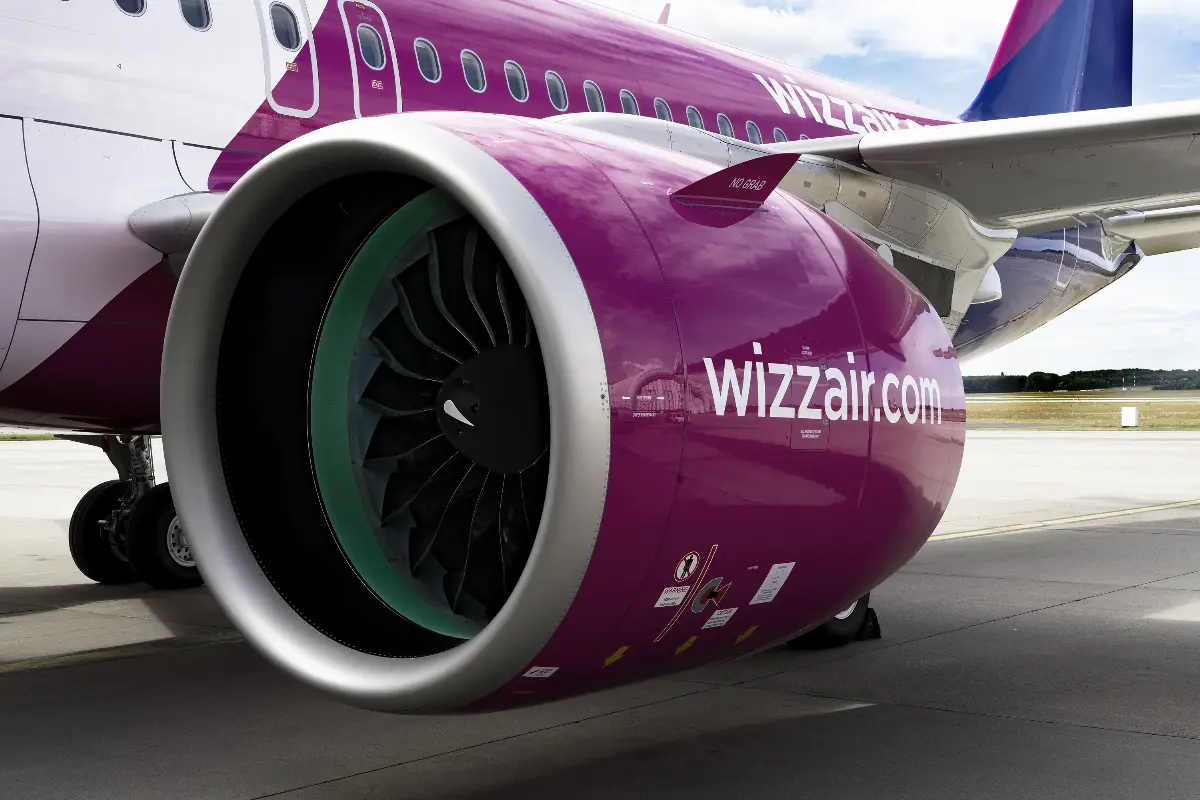
Do you want to access to this and other private contents?
Log in if you are a subscriber or click here to request service
Replacing engines in aircraft
How often companies do it

When is the right time to replace aircraft engines? It all depends on the number of times the aircraft took off and landed. Scheduled aircraft used in the passenger transport service must be adequately maintained in order to have maximum safety on board and guarantee optimal use of fuel. But during its life an aircraft changes engines several times.Various factors are monitored to determine when is...
Gic - 1250438
AVIONEWS - World Aeronautical Press Agency
AVIONEWS - World Aeronautical Press Agency